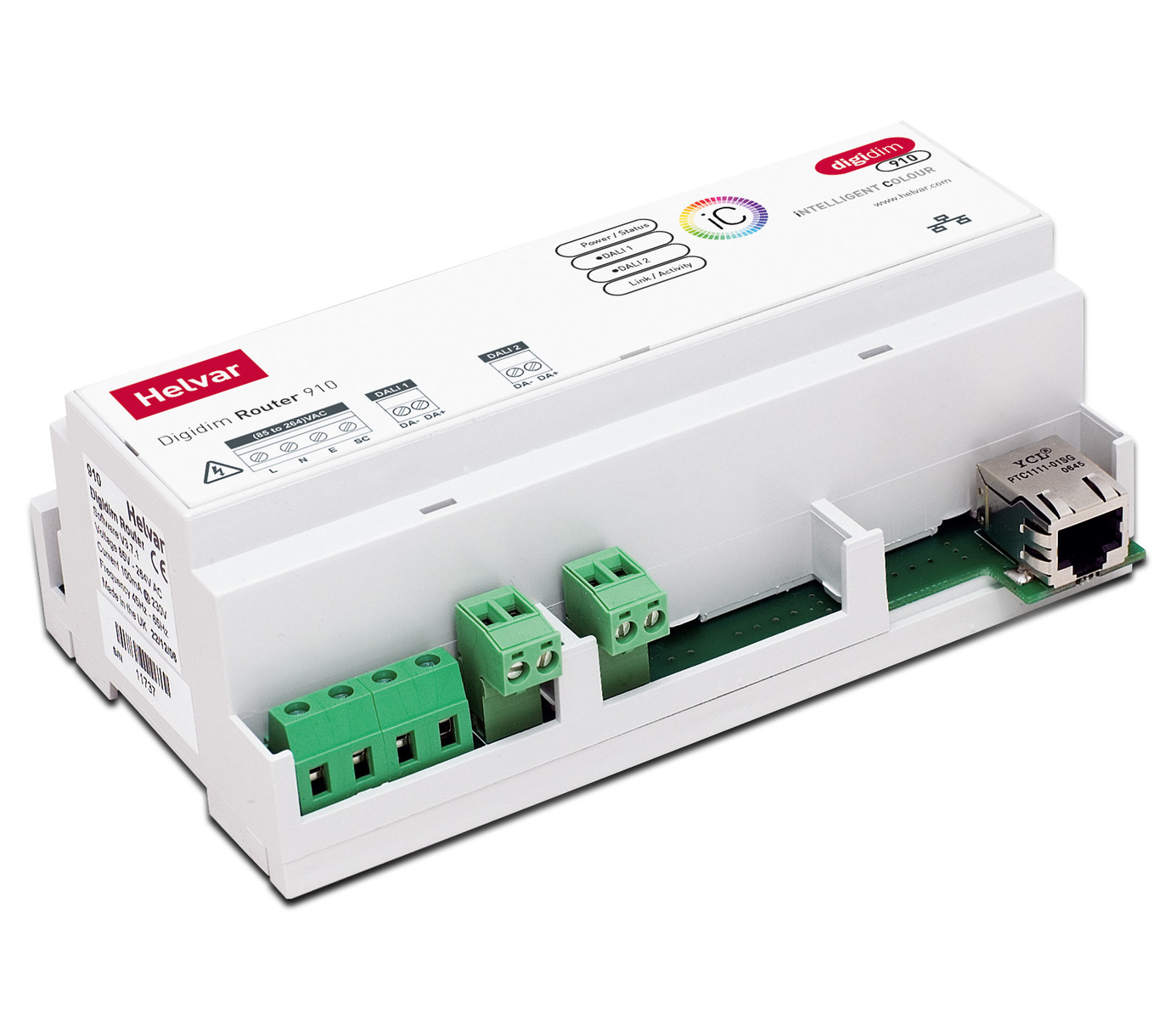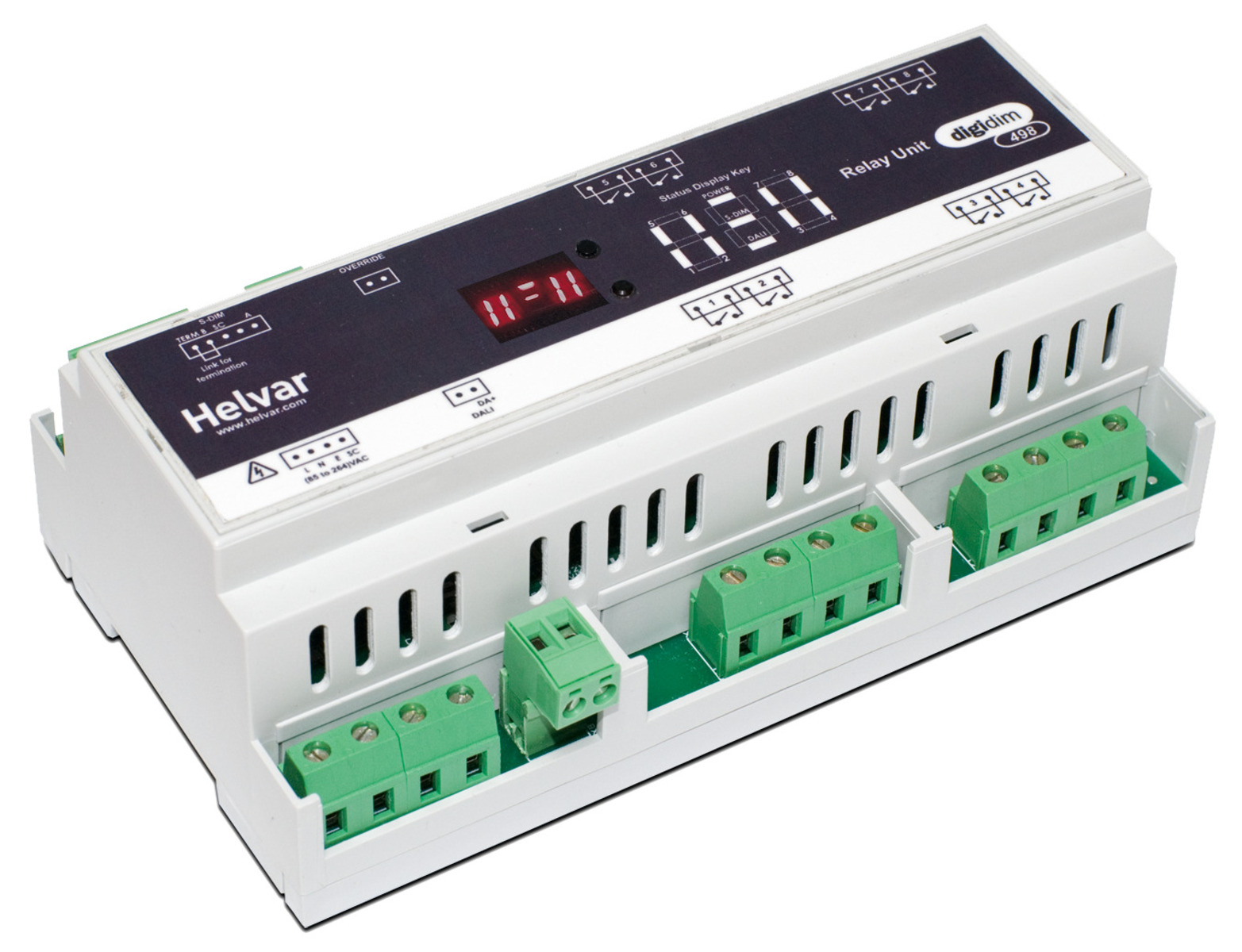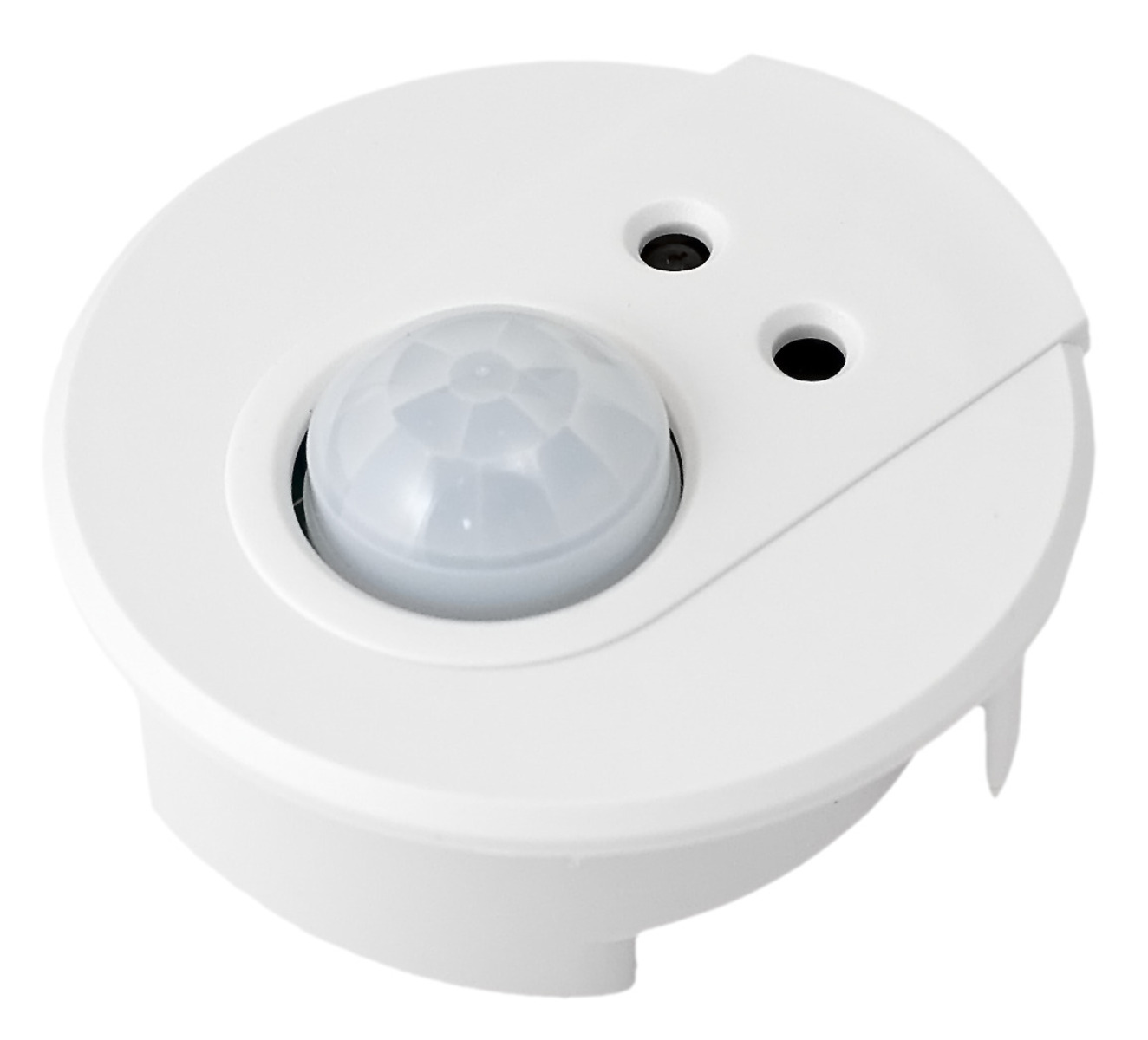Fiera Milano — the golden era
The iridescent gold colour of its outer skin make the Fiera Milano building a symbol for wealth, dynamism, and modernity. As the gold facade reflect the sunlight, it appears changing and erratic.
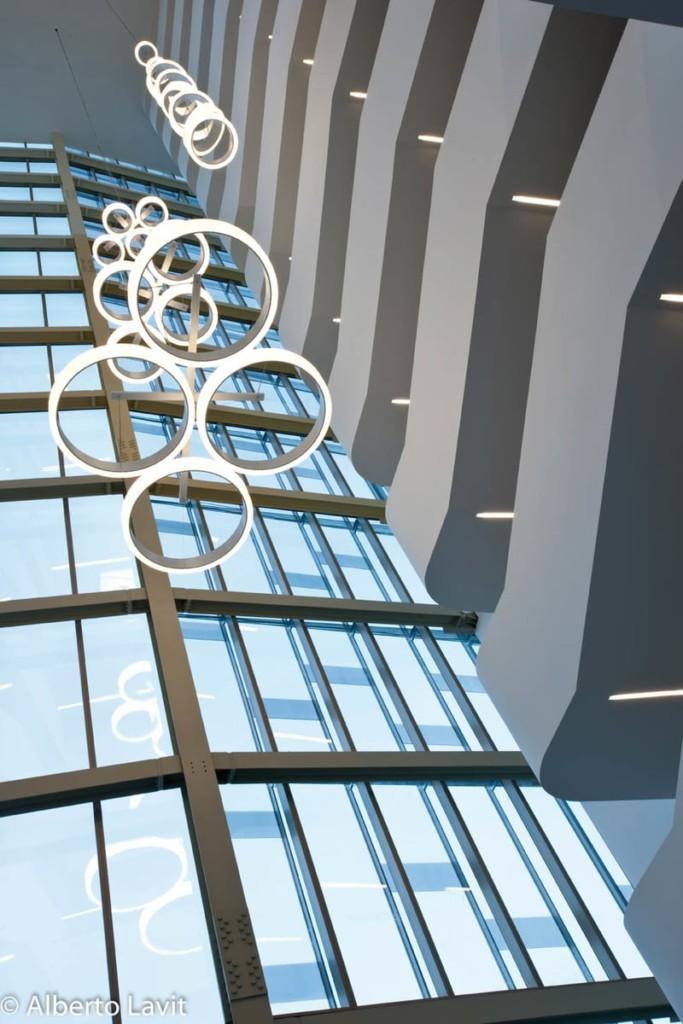
Near the Porta Est entrance of the Fiera Milano Rho exhibition venue, a new building – designed by architects Alfonso Femìa and Gianluca Peluffo of 5+1AA along with Jean Baptiste Pietri – re-houses the management offices of Fiera Milano S.p.A.
Modernity, architectural identity, innovation, sustainability; these were the keywords of the international contest won by 5+1AA’s project. The result is a really unique building, with a strong architectural identity. Its elongated, slender yet solid-looking structure, the iridescent gold colour of its outer skin, and the continuous movement of all its surfaces make it a symbol for wealth, dynamism and modernity. Its modernity is also reflected by the extreme care devoted to technology and innovation, both aimed at maximizing environmental sustainability and user wellbeing.

The building is classified as energy class A thanks to the careful design of the passive specifications and the use of renewable sources and technical solutions to reduce energy consumption. Light is definitely one of the contributors to this result, in addition to being a significant aesthetical element of the project. Architects Femia and Peluffo consider light as any other construction material, to be treated with skill and versatility, with originality but according to the needs. Once again, thanks to the close cooperation with trusted firms like Norlight and Helvar, designers managed to get the best, in spite of a really tight deadline.
FROM DAWN TO DUSK
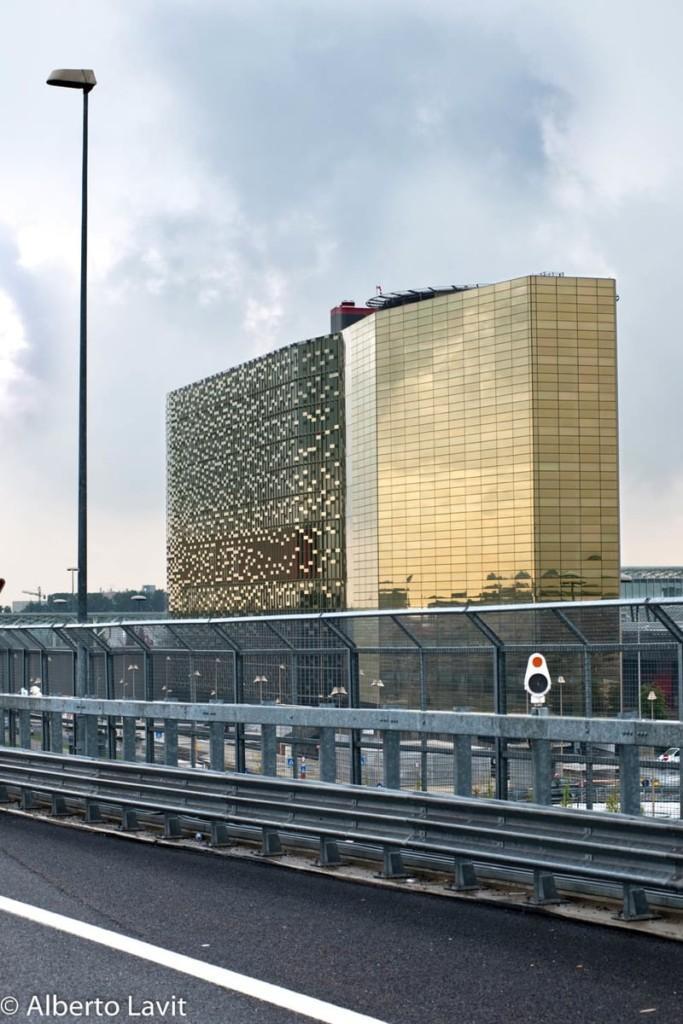
The building stands in a heavily urbanised area, but initially remains hidden to the eye of the visitor approaching the exhibition area. However, the new, mostly overhead road system allows the approaching visitor to immediately grasp at a glance the major urban landmarks that have changed the shape and economy of this area. The concept of space influenced the two architects from the very beginning since they were fully aware that the new building would benefit from sunlight “from dawn to dusk”. As the gold facade surfaces reflect the sunlight, they appear changing and erratic. During the night, the buildings translucent glass windows allow for a totally different view of its volumes and interior life.
The project incorporates some aspects dear to the 5+1AA architects, such as interaction between natural and artificial light, nocturnal metamorphosis, inside/outside relationship, interaction with the urban context, and an almost childish relationship beauty based on magic and surprise. Once again light is used in a very special way; as a composition element as well as a functional one. Light can emphasise your architectural choices, represent a graphic element, recreate an atmosphere or turn into pure poetry of forms. That is why architects Femia and Peluffo also like to design the luminaires themselves, to ensure they perfectly fit for the architectural concept of each specific building. They use light in an original way and turn such typically technical devices into extremely effective decorative elements.
An efficient lighting system is the result of a careful assessment of all prospective changes that might occur in the target premises, and of all possible aspects related to maintenance. The choice of ballasts and luminaires should follow the criteria of flexibility and ease of use. This flexibility is enhanced by an advanced lighting control system. All luminaires are interconnected by means of a bus system based on the DALI protocol and controlled by several Helvar DIGIDIM routers located on each storey. This allows everything to be controlled independently and, if conditions change, the system needs only simple re-programming. The DIGIDIM system allows the setup of a versatile and scalable lighting system. When used in combination with other DIGIDIM devices (such as relay units, input units, multisensors and electronic ballasts), it allows substantial energy saving.
INTEGRATED EFFICIENCY
Each storey hosts two to three routers, depending on the number of luminaires installed (each router controls up to 64 DALI networks). All routers communicate between each other and with the central system. Thanks to Helvar’s systems, you can integrate technologies from different manufacturers, thus enabling the construction of complex but still easyto-manage technological architectures. The contest specifications clearly required high energy-savings for the building, to ensure it met all the requirements of Energy Class A. The efficient, energy-effective lighting system is the result of a careful choice of luminaires, components, and lighting control systems.
All luminaires, including those serving merely decorative purposes, are equipped with fluorescent lamps. The luminaires installed in office spaces – which are higher in number and more heavily used – are equipped with Helvar EL-iDim digital electronic ballasts and integrated into a lighting control system with sensors and remote control.
All offices enjoy a double control system; sensors automatically adjust lighting based on the amount of natural light available, but manual adjustment is possible as well. In each office you need your badge to switch on the light, so light is on exclusively in offices where people are working.The system is also designed to be scalable for future needs. Energy consumption and management costs can be further reduced by using Helvar’s TouchStudio management software that allows easy monitoring and management of each single section of the building.
SYSTEM FACTS 2100 x EL-iDim DALI ballasts 2000 x EL-s standard ballasts 29 x DIGIDIM 910 Routers 223 x DIGIDIM 312 Multisensors 29 x DIGIDIM 498 Relay Units Total Surface: 25,730 m2 Height: 54 m Storeys: 13 Lighting Design and Luminaires: Norlight
